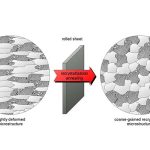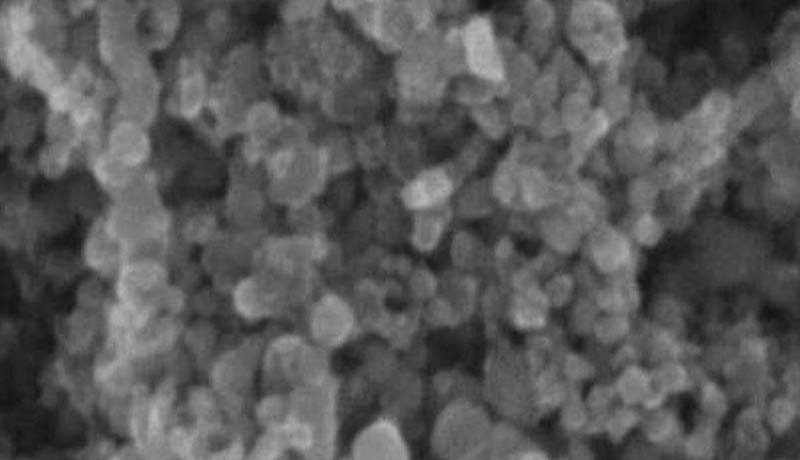Stainless steel, a high-alloy steel material, is widely used in various industries due to its excellent corrosion resistance and mechanical properties. However, one intriguing aspect of stainless steel is its magnetic behavior. Some stainless steels are magnetic, while others are not. In this blog, we will explore the science behind this phenomenon and the different types of stainless steel, and their magnetic properties.
The Two Major Types of Stainless Steel:
Stainless steel can be broadly classified into two major categories based on their crystal structures: Austenitic stainless steel and Ferritic stainless steel.
a. Austenitic Stainless Steel (Non-Magnetic):
The most common type of stainless steel is austenitic stainless steel, represented by the popular grade 304. Austenitic stainless steel, like SUS304 (18Cr-8Ni-0.05C), possesses a face-centered cubic (FCC) crystal structure commonly known as the austenite phase. This structure gives it excellent formability, weldability, and corrosion resistance, making it a preferred choice for various applications. Due to the absence of magnetic phases, austenitic stainless steel is non-magnetic.
Additionally, molybdenum (Mo) is often added to further enhance corrosion resistance. However, one drawback of austenitic stainless steel is its susceptibility to stress corrosion cracking. Variations in nickel (Ni) content, such as SUS301 (17Cr-7Ni), are used to control the formation of induced martensite during processing, providing high strength and toughness. For welding applications, low-carbon versions like SUS304L and SUS316L are developed to suppress intergranular corrosion. Moreover, to economize resources, the 200 series of austenitic stainless steel, such as SUS201 (17Cr-4.5Ni-6.5Mn-0.2N), has been developed by replacing some nickel with manganese (Mn) while still maintaining non-magnetic characteristics.
b. Ferritic Stainless Steel (Magnetic):
In contrast, ferritic stainless steel, exemplified by SUS430 (16Cr-0.05C), is characterized by a body-centered cubic (BCC) crystal structure, also known as the ferrite phase. The absence of nickel in ferritic stainless steel results in a lower cost than austenitic grades. Although it exhibits magnetic properties, it does not imply that it will rust. Ferritic stainless steel finds extensive use in architecture, such as handrails and escalators, and is commonly referred to as “stainless iron.”
Magnetic Behavior in Other Types:
Apart from the two major types, there are other types of stainless steel with varying degrees of magnetism, such as:
a. Martensitic Stainless Steel: Martensitic stainless steel contains iron in its crystal structure, making it moderately magnetic. It offers higher strength but slightly reduced corrosion resistance compared to austenitic grades.
b. Duplex (or Dual-Phase) Stainless Steel: Duplex stainless steel consists of a mixture of austenite and ferrite phases, resulting in some magnetic behavior. These grades provide a balanced combination of mechanical properties and corrosion resistance.
c. Precipitation-Hardening Stainless Steel: This type of stainless steel undergoes a heat treatment process to form precipitates that strengthen the material. The presence of iron in these precipitates leads to mild magnetism.
Conclusion:
Stainless steel’s magnetic behavior results from its crystal structure and the presence of iron in different proportions. With its non-magnetic properties, Austenitic stainless steel dominates the market due to its exceptional corrosion resistance and weldability. On the other hand, ferritic stainless steel, while magnetic, is widely used in architectural applications due to its affordability and moderate corrosion resistance.
Understanding the magnetic characteristics of stainless steel allows engineers and designers to select the appropriate grade for specific applications, balancing factors such as corrosion resistance, strength, and cost.




